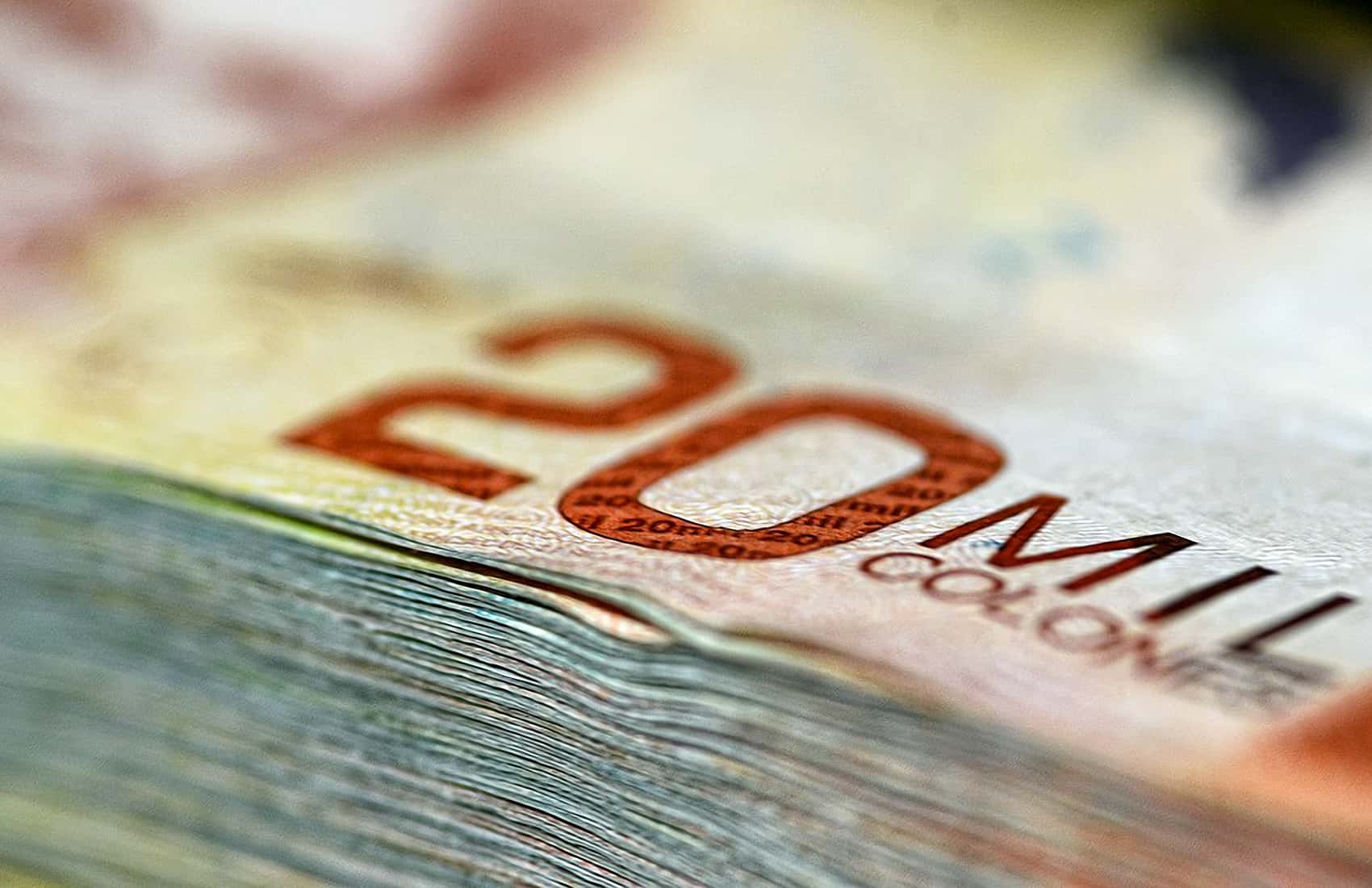Costa Rica’s exchange rate has defied expectations, climbing steadily after months of stability near ¢500. Two weeks ago, the dollar traded at ¢500.16, but by Monday it reached ¢511.43—a daily rise not recently seen here. Economists warn this shift, driven by declining tourism and U.S. trade policies, could signal tougher times ahead for the colón.
The Central Bank of Costa Rica (BCCR) reported in early 2025 that the colón was appreciating, thanks to robust dollar inflows. Yet, recent Foreign Exchange Market (MONEX) trends suggest otherwise. Two factors stand out: the high tourism season’s end, with a reported 15% drop in visitors this December-February compared to last year, and a trade “shock” from new U.S. tariffs unveiled in March. These measures, possibly a 10% levy on Costa Rican exports, aim to keep capital in the U.S., Costa Rica’s top trading partner.
From March 26 to April 7, the rate rose daily, fueled by weaker dollar inflows from tourism and seasonal exports like pineapples and coffee. Luis Vargas, a researcher at the University of Costa Rica, called it a “slow-cooking” global shift, not a catastrophe, that will gradually depreciate the colón in real terms.
Analysts predict the rate will stabilize between ¢520 and ¢530 by year’s end, dismissing fears of a spike to ¢600 or ¢700. Economist Alberto Franco cautioned that sudden U.S. policy twists—like further tariff hikes—could disrupt this forecast. Meanwhile, the BCCR has stayed silent on countermeasures, despite past interventions like a $17 million dollar purchase in March to curb appreciation.
Businesses here in Costa Rica are feeling the pinch, with importers eyeing price hikes. As of now, no new rate data has emerged, but the trend underscores our country’s ongoing vulnerability to external pressures.






